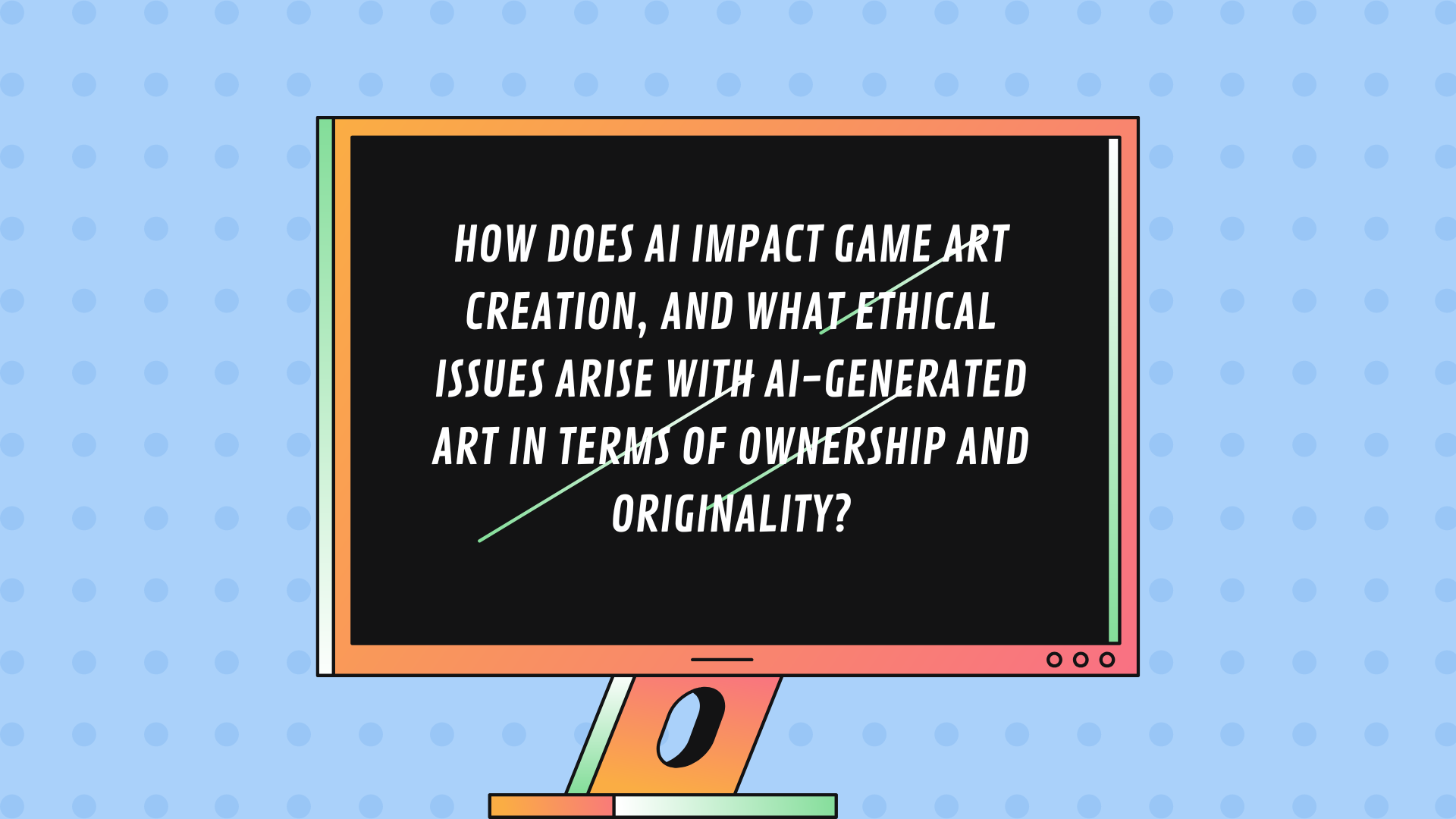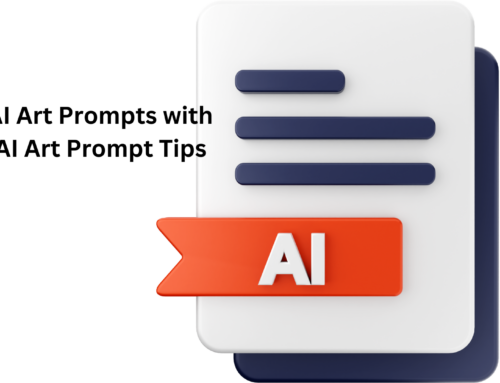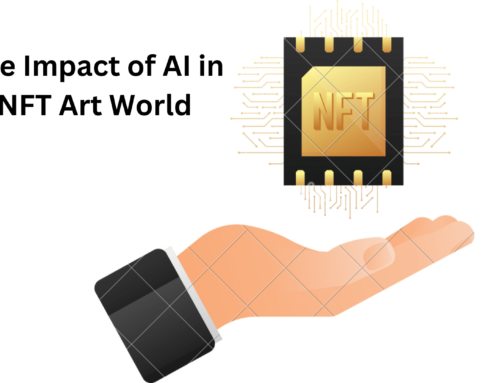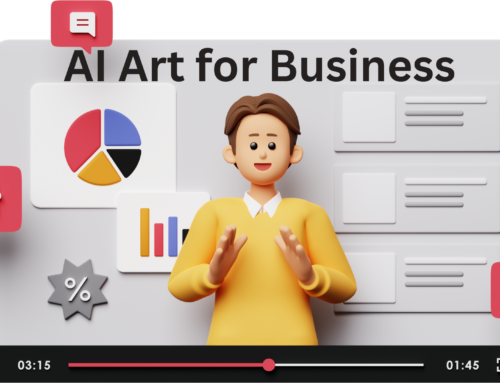If you’re keeping up with the latest game development trends, you’ve probably heard about the cool combo of AI and art shaping up the gaming scene. That’s right, we’re talking about AI Art for Game Development! Imagine game stuff popping up with just a little nudge, thanks to AI-generated magic. In the middle of 2023, game creators started discovering the amazing potential of AI in making awesome visuals for their games. From pixel art to fancy concept art, AI has changed the game, showing us a new way to handle art styles and workflows. With generative algorithms and machine learning, game makers can now use AI as their creative sidekick, effortlessly turning words into images and making their ideas real. Let’s explore how AI art generators are giving game development a fresh look, one pixel at a time!

Exploring the Boundaries of Game Art Creation
Now, you might be wondering, how does this AI art thing really work in the gaming world? Well, buckle up, because it’s pretty mind-blowing! Imagine instead of spending hours meticulously creating game assets, game developers can now just toss a prompt to an AI art generator, And there you have it! The AI takes the reins, whipping up visually stunning creations in no time. It’s like having a magical art assistant at your beck and call.
According to Alari Aho, CEO and Founder of Toggl, The integration of AI art for game development has streamlined the creative process. Game developers can now focus more on refining their ideas, while AI takes care of the heavy lifting in bringing those ideas to life. It’s a game-changer in the industry, allowing for faster and more efficient development workflows.
In response to questions about AI art for game development:
“Can AI art tools streamline game development, reducing costs and time?
Indeed, AI art tools can transform game development by offering rapid prototyping capabilities. Artists can quickly generate multiple art assets or iterations, allowing for a more dynamic creative process. This efficiency can cut development timelines and reduce budget strains, especially for indie developers or studios working on tight schedules.
How might AI affect the roles of traditional game artists?
Traditional game artists may find new opportunities in curating and refining AI-generated art, ensuring it meets quality standards and fits seamlessly into game environments. This could lead to a hybrid role where artists leverage AI to enhance their productivity and creativity, blending traditional artistry with new technology.
What ethical considerations arise when using AI-generated art in games?
One major ethical consideration is the question of authorship and copyright. Determining who owns the rights to AI-generated art—whether it’s the developer, the AI’s creator, or the AI itself—raises complex legal issues that need careful navigation.
Are there limitations to the creativity and originality of AI-generated art?
AI-generated art often excels in replicating and combining existing styles, but it may lack the contextual understanding that informs deeply meaningful art. The nuances of cultural significance, thematic depth, and emotional resonance that human artists intuitively understand can be challenging for AI to replicate, limiting the originality of its creations.”
How AI Art Generators Transforms Game Development?
Let’s delve deeper into how AI art is revolutionizing game development! Imagine game designers facing the daunting task of creating captivating visuals for their games, but with a twist, they’re harnessing the power of AI art for game development. These innovative tools, known as AI generators, are like magical paintbrushes guided by generative AI. They enable creators to effortlessly generate stunning AI-generated art, making the game design process smoother and more efficient. From indie game developers to established game studios, everyone’s jumping on the AI bandwagon to elevate their game art to new heights.
Now, you might be wondering, how exactly do these AI generators work their magic? Well, let me break it down for you. These AI tools are trained on vast datasets of existing artwork, learning to mimic different artistic styles and techniques. With each stroke of the virtual brush, the AI model generates unique pieces of art, tailored to fit the specific needs of the game design. Whether it’s creating intricate character designs or crafting captivating environments, AI generators make it possible to generate art without breaking a sweat.
However the real beauty of using AI art for game development lies in its stable diffusion across various aspects of game design. From crafting UI elements to generating background assets, AI-generated art seamlessly integrates into every aspect of the game’s visual landscape. This not only speeds up the asset creation process but also ensures consistency and quality throughout the game’s development. With top AI image generators leading the way, game designers can now focus more on refining gameplay mechanics and storytelling, knowing that their game’s art is in good hands.
How do AI algorithms enhance gameplay by mimicking diverse art styles?
Let’s take a closer look at how AI art is transforming the landscape of game development. Game creators worldwide are embracing the power of AI to revolutionize the creation of game environments and characters. By utilizing AI-generated game assets, developers are unlocking new possibilities and enhancing the gaming experience. Here are some noteworthy ways AI generation is making a significant impact in the gaming industry:
- Revolutionizing Game Environments and Characters: AI-generated game assets are at the forefront of transforming virtual worlds, allowing for the creation of rich and immersive game environments and characters.
- Innovative Use of AI: Game creators are actively using AI-generated art to breathe life into their projects, pushing the boundaries of traditional game design.
- Enhancing Gameplay with AI Generation: AI algorithms play a crucial role in mimicking diverse art styles, from pixel art to photorealistic graphics, thereby adding versatility to visual design and enhancing overall gameplay.
- Cost-Effective Solutions for Developers: By employing AI to generate art assets, developers, especially those in indie game studios with limited budgets, can enjoy cost-effective solutions for asset creation.
- Seamless Integration of AI-Generated Assets: AI-generated assets seamlessly blend into the game’s art style, ensuring consistency throughout the gaming experience.
- Accessibility with AI Tools like Adobe Firefly: Platforms like Adobe Firefly provide accessible and intuitive interfaces for using AI art generators, making them user-friendly for both seasoned professionals and aspiring game developers.
- Community Collaboration on Discord: Platforms like Discord have become hubs for game creators, fostering collaboration and the sharing of experiences in using AI art generators.
This innovative approach to game development, where AI is trained to create 2D art and generate assets, is not only revolutionizing how games are designed but also opening up new horizons in the gaming industry. As AI continues to evolve, the collaborative spirit on platforms like Discord and the accessibility of tools like Adobe Firefly make AI art generation an exciting frontier for game creators and enthusiasts alike.
The Breakthroughs of Text-to-Image AI in Gaming
Now, let’s dive into the incredible capabilities of AI art for game development and how it’s become a game-changer for developers. Imagine having the power to create unique game assets just by describing them in a simple text prompt. Well, with text-to-image AI, this futuristic idea is a reality. Game creators are using this innovative tool to design new and diverse elements for their games, from characters to landscapes, simply by describing their vision in words.
One remarkable aspect of AI art generation is its versatility in handling various game genres. Whether you’re working on an RPG or experimenting with different styles for game jams, AI-generated assets can be a game developer’s best companion. The ability to iterate quickly and create anything from fantasy realms to futuristic cities significantly speeds up the game development process. Developers can explore different styles and themes by tweaking the text prompt, allowing for style-consistent asset generation across various game elements.
Behind the scenes, machine learning algorithms are the driving force, learning from vast datasets to understand and replicate different artistic styles. The result? Powerful AI art that not only meets the specific requirements of a text prompt but also maintains a style-consistent aesthetic throughout various assets. This breakthrough in text-to-image AI not only transforms how games are created but also empowers developers to bring their imaginative visions to life with remarkable ease and speed. The era of AI art generation has indeed ushered in a new frontier for game developers, providing a tool that unleashes creativity and accelerates the game design process like never before.

Transforming Text into Game Characters with Ease
In our midjourney through the world of AI art for game development, let’s shine a spotlight on the remarkable tool known as Airbrush AI, a true game-changer for creators. Airbrush AI, a powerful text-to-image generator tool, is here to transform your game design process with its incredible features:
- Effortless Game Character Creation: Airbrush AI takes your text descriptions and effortlessly transforms them into stunning AI-generated game characters, saving time and unleashing creative possibilities.
- Style Customization: This tool offers the flexibility to adjust styles, allowing developers to match the aesthetic of their games seamlessly.
- High-Quality Output: With Airbrush AI, you can expect high-quality, visually appealing images that meet the standards of modern game design.
- Versatile Application: Whether you’re working on pixel art for classic games or crafting intricate designs for the latest RPG, Airbrush AI adapts to various game genres.
- Boosting Productivity: The efficiency of Airbrush AI streamlines the character creation process, enabling developers to focus on refining gameplay mechanics and storytelling.
Airbrush AI stands as a testament to the incredible potential of artificial intelligence in game development, providing a user-friendly and powerful solution for crafting captivating game characters with ease.
Concluding the Journey of AI Art for Game Development
In wrapping up this journey through the world of AI art for game development, it’s clear that we’re witnessing a revolution in the gaming industry. The power of AI-generated images is not just about making games look good; it’s about transforming how games are made. From small indie developers to large gaming studios, the accessibility of AI art generation tools has leveled the playing field, allowing creators to conjure up high-quality assets without compromising on creativity. Games like Steam are now showcasing the prowess of AI-generated content, making the creation process smoother and more dynamic.
However, as with any transformative technology, there are ethical concerns that accompany the rise of AI art for game development. The use of machine learning models and the reliance on training data to create variations raise questions about authorship, ownership, and the potential impact on traditional art roles. It’s crucial for developers and the gaming community at large to navigate these concerns responsibly.
In the grand scheme of things, AI art generation is not just a tool for game development; it’s a game-changer. From marketing assets to in-game visuals, the potential is immense. Developers can now explore new dimensions of creativity, experiment with styles, and even offer free trials to the gaming community. As we continue down this path of innovation, it’s essential to balance the exciting possibilities with ethical considerations, ensuring that AI art becomes a force for good in making games that captivate and inspire. The journey doesn’t end here; it’s an evolving adventure into the future of gaming, driven by the limitless potential of AI-generated art.








Leave A Comment